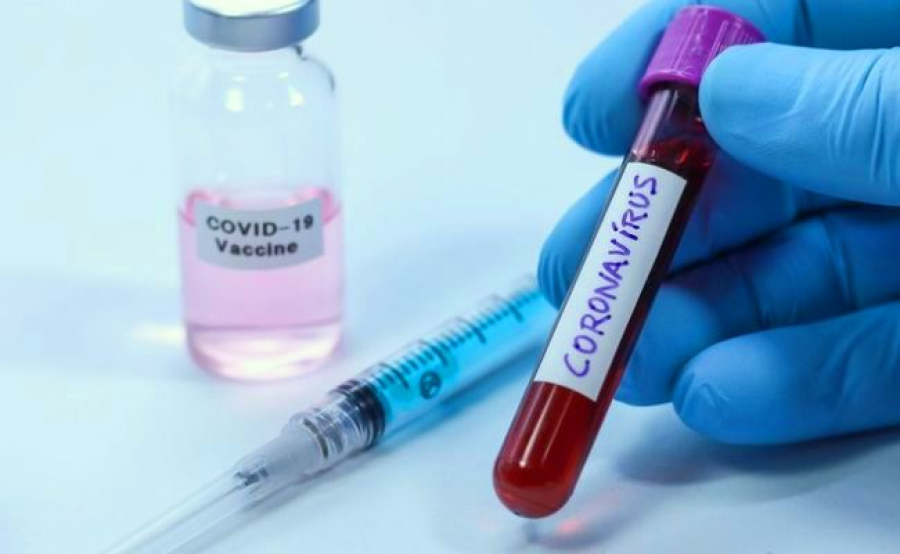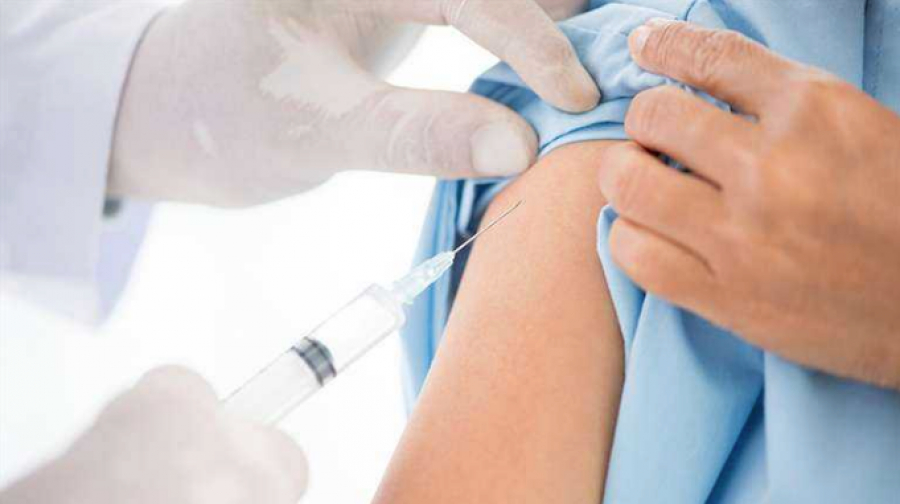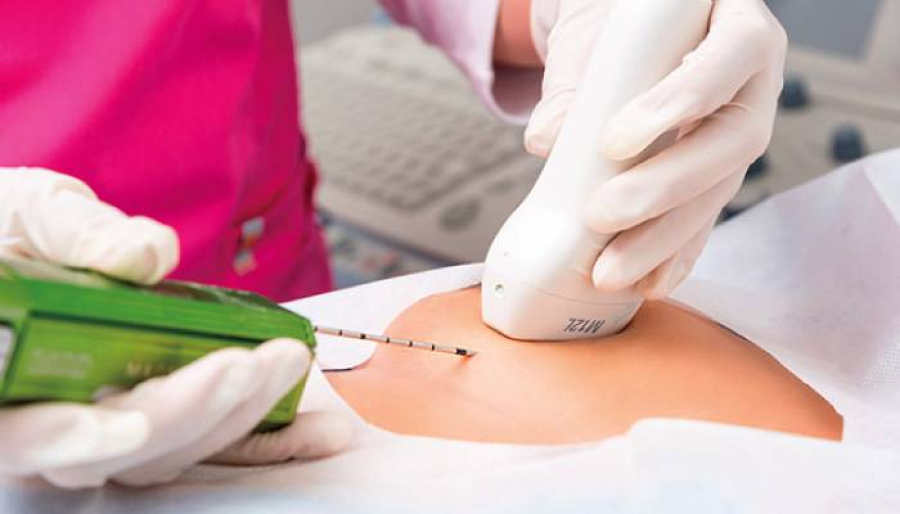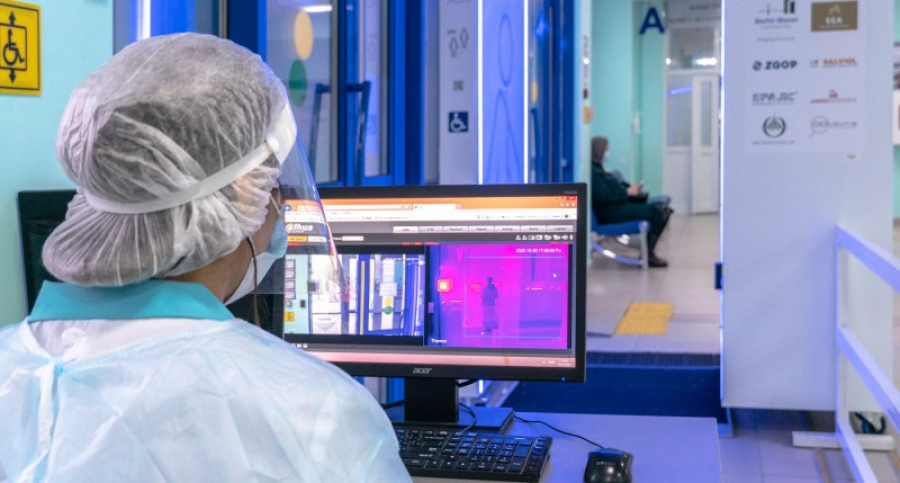
Innovative treatment
methods are actively employed in Uzbekistan, with more than 200 modern
practices implemented at the Republican Specialized Scientific and Practical
Medical Center for Surgery in Tashkent in recent years. Now, doctors are
mastering another high-tech surgical technique. Thanks to the so-called PAN
procedure, developed by Chinese specialists, it has become possible to treat
congenital heart defects (CHD) in a modern and safe way.
«Interventional
procedures are performed under X-ray guidance. Undoubtedly, this technology is
minimally invasive and avoids large incisions and general anaesthesia. However,
it inevitably involves exposure to X-rays, which can sometimes lead to radiation-related
complications. This new technology eliminates the use of X-rays, meaning that
both patients and the medical staff, who work around the clock in the
interventional lab, are no longer exposed to radiation,» Sandjar Babadjanov,
chief researcher of the interventional cardiology department at the
Uzbekistan’s center.
The innovative method
was showcased at a regional scientific symposium, where leading cardiologists
from Kazakhstan, Russia, Türkiye, and Turkmenistan shared their findings on PAN
procedures. Chinese specialists also conducted master classes on techniques for
correcting congenital heart defects.
«The interventional
method involves procedures without incisions, meaning there’s no need to stop
the heart or open the chest. These operations are performed through blood
vessels. As a result, it’s a minimally invasive approach, with no cutting, and
most importantly, while the heart continues to beat. Naturally, the recovery
time is very short – patients can usually be discharged just a day or two after
surgery,» noted Serik Alimbayev, interventional cardiologist at the UMC Heart
Center in Kazakhstan.
Uzbek experts note
that the experience gained will enable the introduction of new technologies in
the healthcare sector, as well as expand access to high-quality and safe
cardiac treatment in the region.









